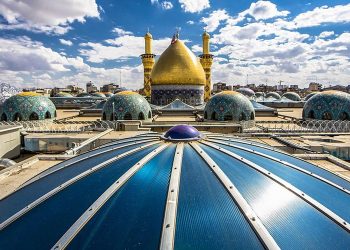Amid escalating conflict in the Middle East, the Pentagon has announced the deployment of an advanced anti-missile defence system, the Terminal High-Altitude Area Defense (THAAD), to Israel boots its air defense system against Iran and Hezbollah missile attack.
Alongside the THAAD battery, approximately 100 US troops are being deployed to operate the system.
The Pentagon’s decision to deploy the THAAD system comes in the wake of Iran’s missile attacks on Israel on April 13 and October 1. THAAD, designed to intercept ballistic missiles, adds another layer of protection to Israel’s existing defence infrastructure, potentially helping mitigate future missile threats from Iran or its proxies.
What is THAAD?
Terminal High Altitude Area Defense (THAAD), formerly Theater High Altitude Area Defense, is an American anti-ballistic missile defense system designed to shoot down short, medium, and intermediate-range ballistic missiles in their terminal phase (descent or reentry) by intercepting with a hit-to-kill approach.
. THAAD was developed after the experience of Iraq’s Scud missile attacks during the Persian Gulf War in 1991 The THAAD interceptor carries no warhead, instead relying on its kinetic energy of impact to destroy the incoming missile.
Originally a United States Army program, THAAD has come under the umbrella of the Missile Defense Agency. The Navy has a similar program, the sea-based Aegis Ballistic Missile Defense System, which also has a land component.





































